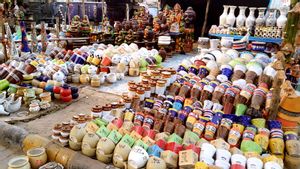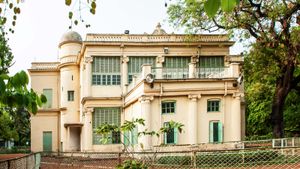Hindi cinema’s most iconic Mumbai imagery may be the imposing Gateway of India, the splendid Chhatrapati Shivaji Maharaj Terminus or, more recently, the impressive Rajiv Gandhi Sea Link between Worli and Bandra. But the city is so much more—beyond its colonial hangover, skyscrapers and slums, its traffic and trains, its vada pav on-the-go and its can-do attitude.
For those in the know, every neighbourhood has a unique character, the sum of many parts—communities, their faith, their food, their enterprise and more. It is also a result of how each area has developed over the years. What its original function was and what it is known for today. While the casual observer may not look beyond the obvious glitz or grit to recognise the way time has transformed a place, if you are a Bombayphile, as I am, you’ll soon follow the patterns and start connecting the dots.
Here are some places in Mumbai that are bound to give you grist for the ‘gram, an enriching experience and food for thought…
Village vibe
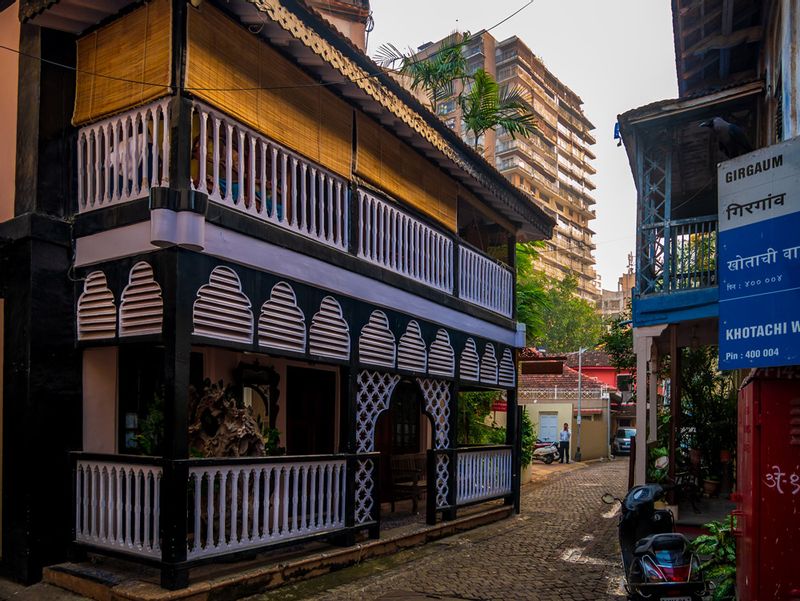
Mumbai isn’t just about the hustle. Or the bustle. There are several areas where time slows down and the mood is truly mellow. Take a stroll through Khotachiwadi in Girgaon. Less than half of the original 65 Portuguese-style bungalows belonging to East Indians (the indigenous Roman Christians of Mumbai and Northern Konkan) remain here today, but each step through this heritage precinct will transport you to an elegant era, where the homes were grand and the ties to the community strong. Two-storey homes filled with antiques, lived-in verandahs lined with beautiful wrought iron railings, a chapel of gratitude, a carrom club with attitude, a famous fashion designer, a neighbourhood guitarist and through it all, the appetite-arousing aromas of vajri curry, tongue roast or East Indian sorpotel soaked up with spongy foogia bread. Similarly, an exploration of other gaothans like the villages of Matharpacady in Mazgaon, or Ranwar, Chimbai, Shirley-Rajan, Pali, and Chuim in Bandra and a few bylanes of Orlem in Malad, all give you the tranquillity of a time gone by amid Mumbai’s mayhem.
Magic of the markets
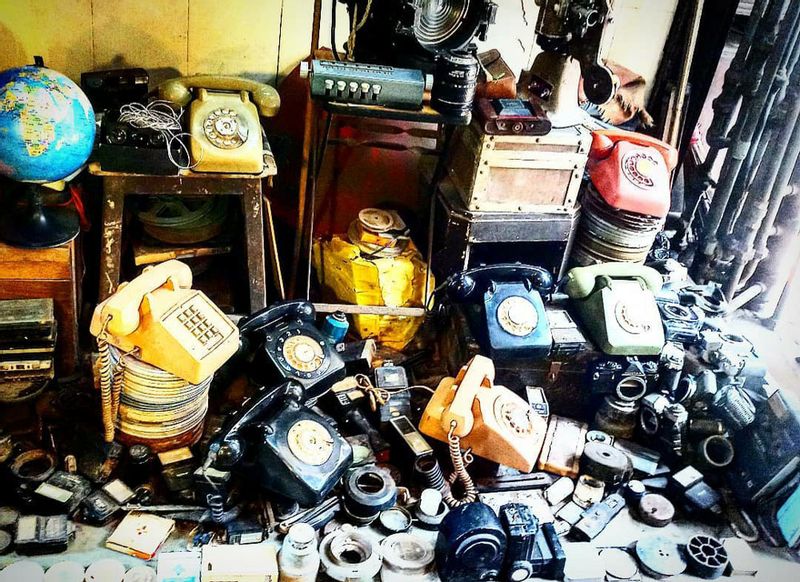
Speaking of mayhem, nothing embodies the spirit of Mumbai better than its markets. Unlike the sanitised experience of a supermarket or the wet markets you visit abroad, there is nothing to beat the raw, pulsating energy of the streets given up wholly to trade. The Mahatma Jyotiba Phule Mandai (Crawford Market) may have been the city’s first covered market and the first public building in the country to have electric lights, but it is the lanes around it that are even more intriguing. A labyrinth of little lanes lined with shops, each one dedicated to a different line of products, stretching several kilometres. Lohar Chawl is all about electrical fittings, sanitary ware on Duncan Road, metalware on Kika Street, real and fake antiques in Mutton Street (part of the legendary Chor Bazaar, which we are likely to lose completely to gentrification). Jewellery and diamonds in Zaveri Bazaar, fabrics at Mangaldas Market and wedding and worship paraphernalia in Madhav Baug around the Mumbai Panjrapole (which, incidentally, is quite an interesting destination to see where the stray cows of the city are sheltered). Bhuleshwar is a treasure trove of fascinating sights, sounds and tastes—ancient temples, flower markets overflowing with fragrant marigolds, and one of the oldest jalebi-fafda eateries in the city. Similar markets abound across Mumbai.
Arty heart
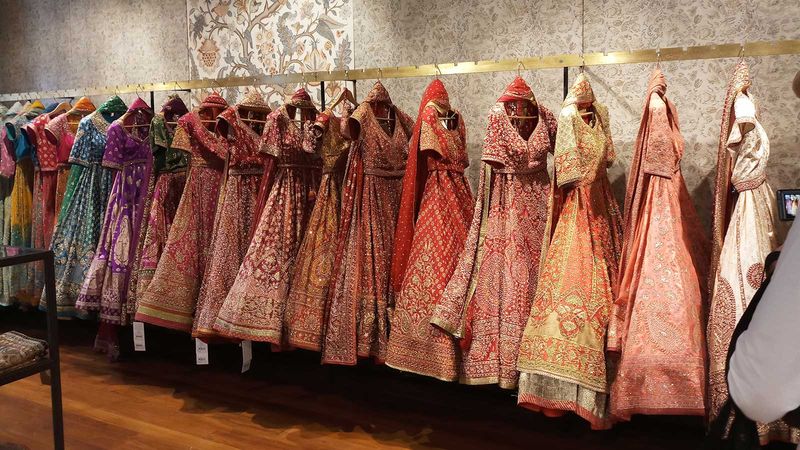
While Colaba Causeway is the main tourist magnet because of its street stalls, the Kala Ghoda precinct is a wonderful way to spend a delightful afternoon. The annual arts festival brings in hordes of SLR-toting teens. But if you visit on a quieter day, you will really sense the creative pulse and the intellectual gravitas of the city here. Art galleries have thrived here from the beginning—the most famous one being the Jehangir Art Gallery, which once brought the intelligentsia together over keema rolls at its now-defunct café, Samovar. The Wayside Inn (where Dr BR Ambedkar sat for months at the tables with red-checkered tablecloths, writing large sections of the Indian Constitution) may not be there now but the location is a window into India’s post-Independence history. The lanes leading off from here take you to multi-storeyed art galleries, kale-centric hipster cafés and bespoke boutiques where everything handcrafted is celebrated and fast fashion is frowned upon. This was where the most elite inside the British ‘Fort’ once lived so perhaps it makes sense that the sheen of sophistication still pervades these streets.
Divine intersection
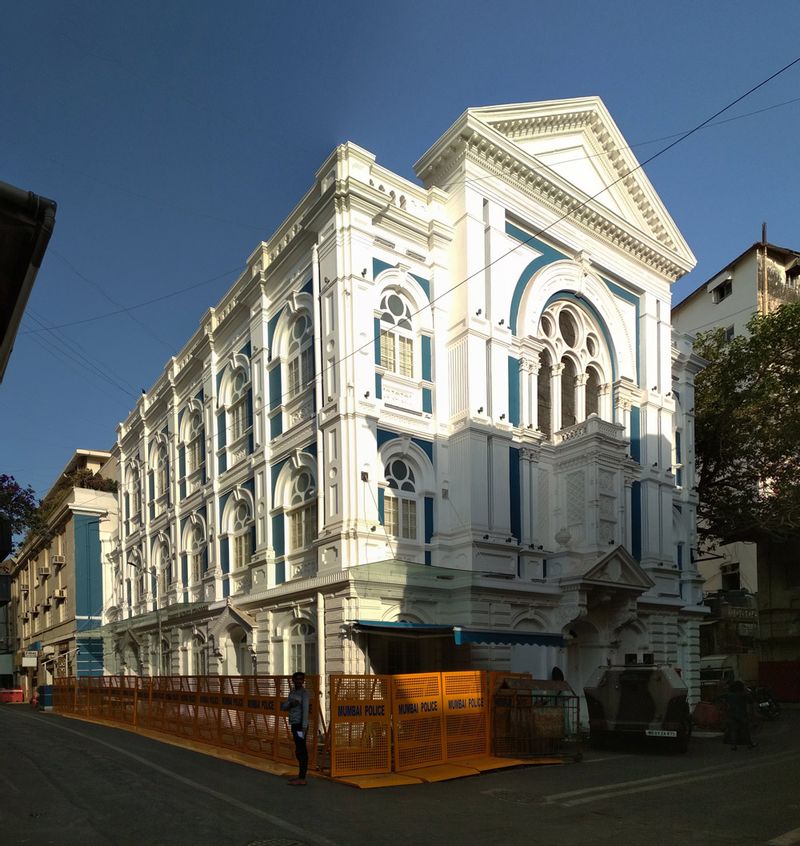
In a lane behind, at the periphery of what used to be the city’s posh Jewish quarter, the Keneseth Eliyahoo synagogue from 1884 that was caringly restored by the JSW Group just a couple of years ago, stands as a blue testament to Mumbai’s syncretic tradition, where religion is important but not the sole motivator. This is something you can experience in many parts of the city; such as Bandra’s Basilica of Our Lady of the Mount, where the Christian worshippers take off their footwear before going through the majestic doors with offerings of marigold garlands, much like they’d do in a Hindu temple. Or people of all faiths making a beeline for the Dargah of Pir Haji Ali Shah Bukhari or the Shri Siddhi Vinayak Ganapati Mandir at Prabhadevi to seek blessings. In other parts of the world, the Jews and Muslims may be at loggerheads, but in Mumbai, crumbling Jewish graveyards are tended by Muslim keepers and the Jewish school has many Muslim students attending it!
There are a million Mumbais. The next time you want to explore, you can choose the one that appeals to your head and heart the most.



